Bring it to the world: Stepcase
This is part of our series “Bring it to the world” which profiles websites and apps that offer localized versions to reach happy users from many parts of the world.
Stepcase is the most popular photo apps publisher on iPhone, with over 3.4 million downloads to date. One of its apps, Labelbox, is now the #1 photo app in 25(!) countries, including the US.
Stepcase is the first ever customer of OneSky.
Q&A with Hoi Wan of Stepcase
What does your company do?
We are Stepcase. We offer a simple, quick way to share photos taken from your mobile to a community of mobile photo sharers around the world. We make it easy to access by providing it in multiple photo apps.
Mobile photography is a universal language, and people process photos in many different ways, whether that is creating collages, adding filters, labelling photos. As we want to make it easy to share to Stepcase from any app, we provide Stepcase in an SDK so that any photo app can use the services.
Developers who use Stepcase benefit from cross-promotion with other apps. This means photo sharers gain, by being able to share using the photo app of their choice (and discovering new photo apps), and developers gain, by having a community built into their app with cross promotional tools.
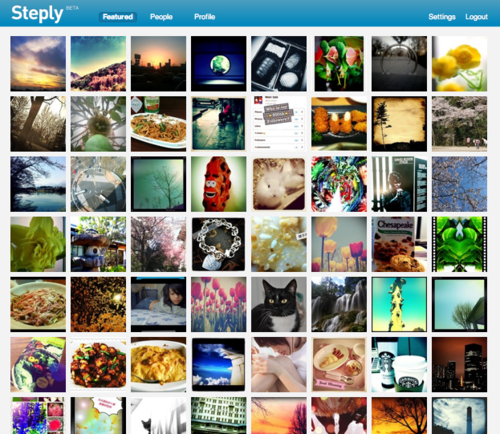
How many languages does Stepcase support now?
Currently English, Japanese, Traditional Chinese are fully supported. Thai and Arabic are partly supported.
What types of apps do you have?
We have a comprehensive suite of iPhone apps covering different aspects of photography:
- Labelbox – a stylish way to label your photos
- Phototreats – an easy-to-use filter app which enhances your photos
- Actioncam – a camera that allows you to take quick activity snaps in different frame designs, such as 2×2, 4×2, 1×4 (panoramic) etc.
- Darkroom – a camera with a steady hand detector to enable better shots in the dark
- Steply – A mobile photo sharing network. Steply is also integrated to all the above apps as well as Photo Mess (more soon)

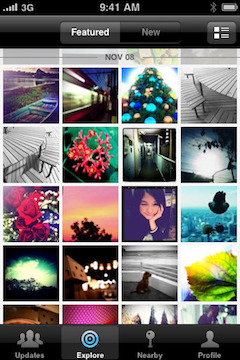
How did you get the idea of localizing your app?
To support universal usage of your app, icons are the best way. However, sometimes you just can’t replace wording to explain succinctly, therefore translation is a must to clearly explain certain details.
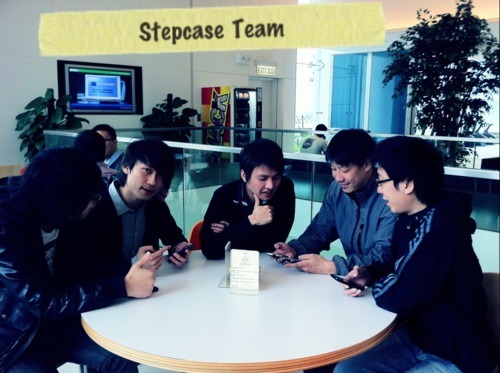
The Stepcase team
Filtered by Phototreats & labelled by Labelbox
What tools do you use?
At first we used spreadsheets and text files. As we are still building out a community, a spreadsheet is not the most efficient or easiest way to manage translations. Potential conflicts from different translators leads to the need of a collaborative platform that allows the most popular translation to be selected.
Another issue of using a system which only supports version-by-version update is lack of flexibility for translation updates, and delay in time to deliver the latest version to users. We can’t correct any translation until the version has been going through the approval process which is out of our control. Therefore spreadsheets are not an ideal way to quickly update translations.
Later on we decide to use OneSky because its collaborative translation platform meets all of our needs.
How has localization helped your apps so far?
Our apps rank high in a number of markets. Labelbox even reaches #1 spot in 25 countries. Localization definitely plays a part in that!
How long does it take for translating the whole site in a new language?
It can take a while with our apps as the UI/UX is constantly optimized, therefore it is never complete. So a new language version will be launched when all high activity screens are translated based on analytics measurement. There are always strings that need removing, strings that need adding, strings that require backwards compatibility support. The role of translation platform becomes important at this point. A highly optimized translation platform ensures that translators are not inundated with vast amounts of strings they have to translate or review.
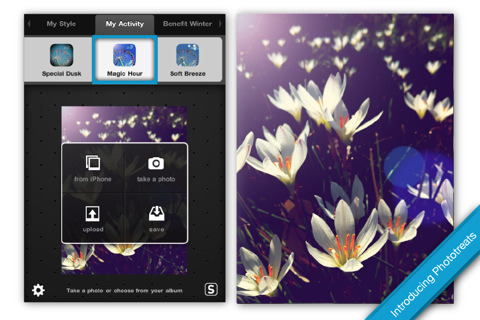
What made you go for crowd-sourced translation instead of traditional agency translation, or even machine translation?
Semantics, slang and naturalness of crowd-sourced translation are much more natural and accurate than machine translation. And using crowd-sourced translation is a good way to engage people within a community-focused app/network.
Any advice for someone considering localization?
Translation is certainly one part of localization. UI/UX variation may also need to be done to fit in different localities.

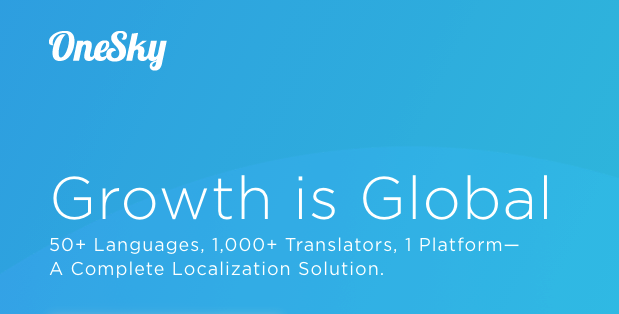

 Written by -
Written by - 


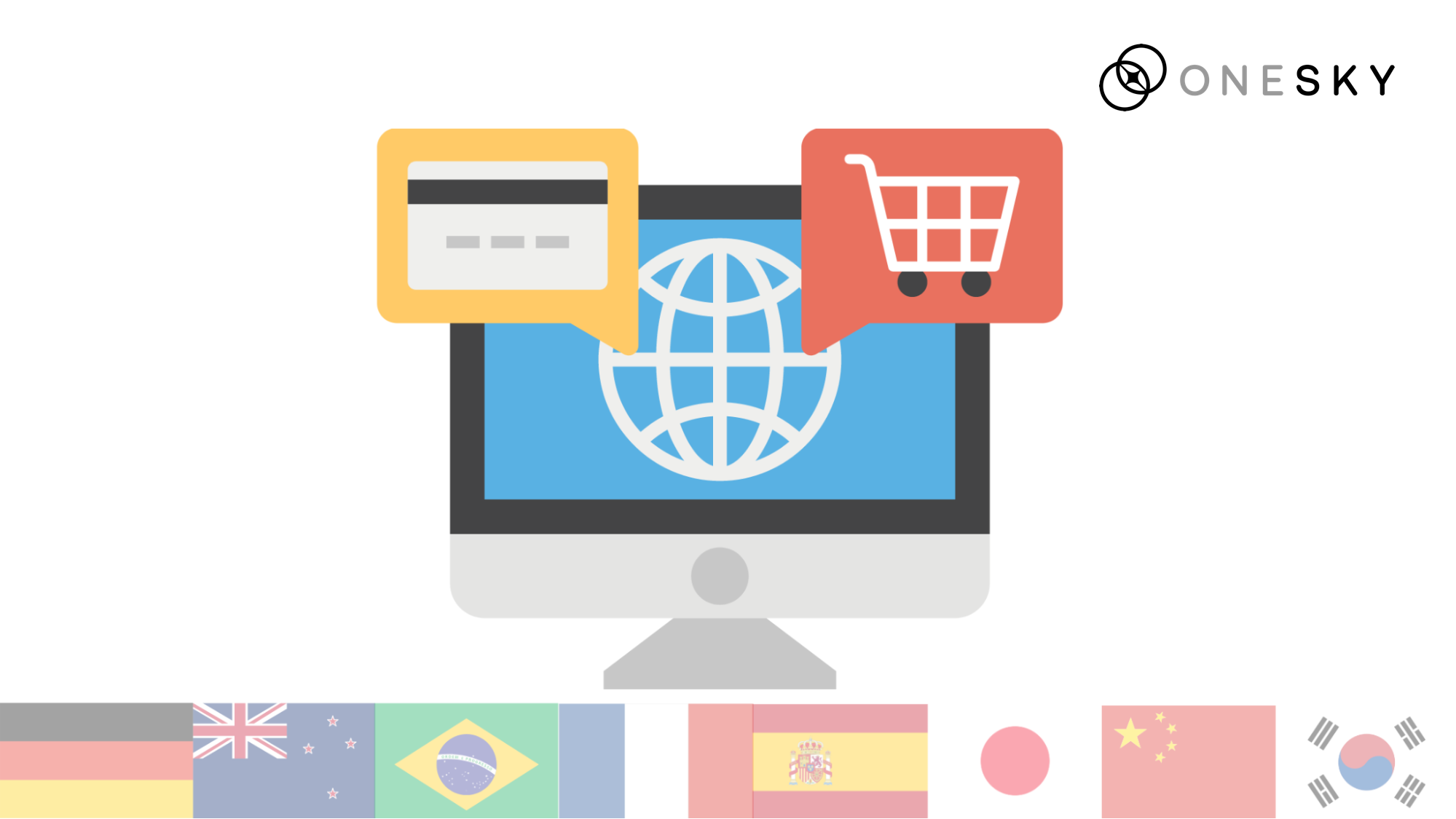

 Written by
Written by 


